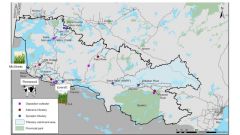- Details
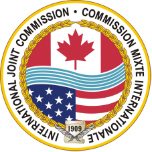 The Rainy-Lake of the Woods Watershed Board is developing recommendations for water quality and aquatic ecosystem health Objectives and Alerts (advisory triggers) for the Rainy-Lake of the Woods Watershed. Your input is needed. Opportunities to participate:
The Rainy-Lake of the Woods Watershed Board is developing recommendations for water quality and aquatic ecosystem health Objectives and Alerts (advisory triggers) for the Rainy-Lake of the Woods Watershed. Your input is needed. Opportunities to participate:
- Public Workshop March 12 from 4:30-6:30 pm in International Falls, MN
- An on-line webinar for those who are unable to attend the workshop
- A public workshop in Kenora, Ontario in summer 2019
To attend contact the Project Coordinator, Kelli Saunders at
- Details
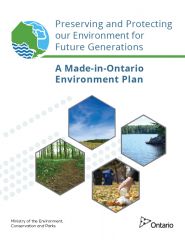 Lake of the Woods is back as a priority with the Government of Ontario.
Lake of the Woods is back as a priority with the Government of Ontario.
Reducing phosphorus to combat blue-green algae is identified as an explicit priority in Ontario's new environmental plan, unveiled by Environment Minister Rod Phillips on November 29.
The Lake of the Woods Water Sustainability Foundation applauds the Ontario Government for its recognition and commitment to protect the quality of the Lake of the Woods by continuing to work with partners, on reducing phosphorus to combat toxic blue-green algae.
- Details
 BUY A CROWLER or a GROWLER TODAY – BOCK A BEER, and support the Lake of the Woods Water Sustainability Foundation…
BUY A CROWLER or a GROWLER TODAY – BOCK A BEER, and support the Lake of the Woods Water Sustainability Foundation…
The Lake of the Woods Brewing Company is donating $1.00 from every Crowler and/ or Growler of BOCK A BEER sold in the retail store, to assist the charitable aims of the Lake of the Woods Water Sustainability Foundation. Crafty right?
This BOCK A BEER will not last long. Get it now and support the Lake of the Woods Water Sustainability Foundation.
Many thanks to the Lake of the Woods Brewing Company for supporting the lake!
- Details
 The IJC Rainy-Lake of the Woods Watershed Board is setting its sights on updating Objectives and Alert Levels for water quality and aquatic ecosystem health in our watershed. The existing international Objectives and Aert Levels are outdated and not aligned to current priority issues.
The IJC Rainy-Lake of the Woods Watershed Board is setting its sights on updating Objectives and Alert Levels for water quality and aquatic ecosystem health in our watershed. The existing international Objectives and Aert Levels are outdated and not aligned to current priority issues.
Phase 1 of the project started in November and will engage experts and stakeholders to refine priorities and propose needs, options and potential metrics or indicators.
- Details
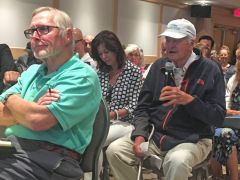 A vocal, engaged and committed crowd of 200 citizens concerned about toxic and nuisance algae in Lake of the Woods gathered at the Clarion Hotel in Kenora, Aug. 15, 2018 to learn what is being done to address the problem.
A vocal, engaged and committed crowd of 200 citizens concerned about toxic and nuisance algae in Lake of the Woods gathered at the Clarion Hotel in Kenora, Aug. 15, 2018 to learn what is being done to address the problem.
Many attendees, led by former Prime Minister John Turner, voiced strongly a demand for Canada to “get on with it” and take action immediately to combat algae blooms jointly with Minnesota, in its plan to cut phosphorus by 18.4%.
- Details
Following a presentation from the International Rainy – Lake of the Woods Watershed Board in Washington D.C., the International Joint Commission endorsed and submitted the Board’s recommendations for immediate interim phosphorus reductions in Lake of the Woods to the Governments of Canada and the United States.
Read the full June 13, 2018 IJC Press Release on "Immediate Interim Phosphorus Targets Recommended for Lake of the Woods"
Background Document: IJC Letter to Governments
- Details
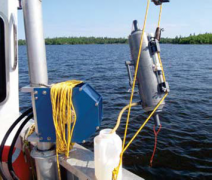 The science team from Environment and Climate Change Canada (ECCC) was back on the lake in September for their fall intensive sampling, rounding out their work for the entire summer. The ECCC science program aims to develop a framework to assess and predict the ecological response of the lake (e.g., algae blooms) to potential nutrient load reductions.
The science team from Environment and Climate Change Canada (ECCC) was back on the lake in September for their fall intensive sampling, rounding out their work for the entire summer. The ECCC science program aims to develop a framework to assess and predict the ecological response of the lake (e.g., algae blooms) to potential nutrient load reductions.
Ongoing water quality and other data were collected from 30 stations across the lake. Issue-specific work was also undertaken to better characterize: nutrients coming from the lake bottom, algae types and toxins.

